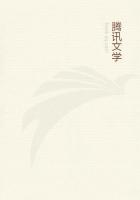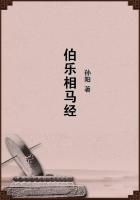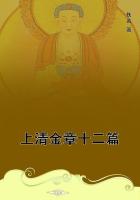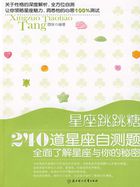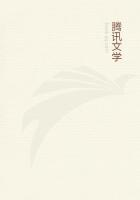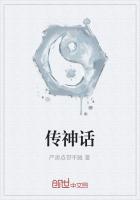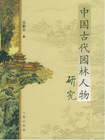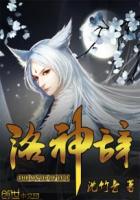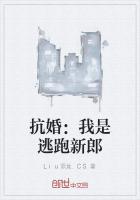I know quite well that launching myself into this discussion [77] is a very dangerous operation; that it is a very large subject, and one which is difficult to deal with, however much I may trespass upon your patience in the time allotted to me. But the discussion is so fundamental, it is so completely impossible to make up one's mind on these matters until one has settled the question, that I will even venture to make the experiment. A great lawyer-statesman and philosopher of a former age--I mean Francis Bacon [78]--said that truth came out of error much more rapidly than it came out of confusion.
There is a wonderful truth in that saying. Next to being right in this world, the best of all things is to be clearly and definitely wrong, because you will come out somewhere. If you go buzzing about between right and wrong, vibrating and fluctuating, you come out nowhere; but if you are absolutely and thoroughly and persistently wrong, you must, some of these days, have the extreme good fortune of knocking your head against a fact, and that sets you all straight again. So I will not trouble myself as to whether I may be right or wrong in what I am about to say, but at any rate I hope to be clear and definite; and then you will be able to judge for yourselves whether, in following out the train of thought Ihave to introduce, you knock your heads against facts or not.
I take it that the whole object of education is, in the first place, to train the faculties of the young in such a manner as to give their possessors the best chance of being happy [79] and useful in their generation; and, in the second place, to furnish them with the most important portions of that immense capitalised experience of the human race which we call knowledge of various kinds. I am using the term knowledge in its widest possible sense; and the question is, what subjects to select by training and discipline, in which the object I have just defined may be best attained.
I must call your attention further to this fact, that all the subjects of our thoughts--all feelings and propositions (leaving aside our sensations as the mere materials and occasions of thinking and feeling), all our mental furniture--may be classified under one of two heads--as either within the province of the intellect, something that can be put into propositions and affirmed or denied; or as within the province of feeling, or that which, before the name was defiled, was called the aesthetic side of our nature, and which can neither be proved nor disproved, but only felt and known.
According to the classification which I have put before you, then, the subjects of all knowledge are divisible into the two groups, matters of science and matters of art; for all things with which the reasoning faculty alone is occupied, come under the province of science; and in the broadest sense, and not in the narrow and technical sense in which we are now accustomed to use the word art, all things feelable, all things which stir our emotions, come under the term of art, in the sense of the subject-matter of the aesthetic faculty. So that we are shut up to this--that the business of education is, in the first place, to provide the young with the means and the habit of observation; and, secondly, to supply the subject-matter of knowledge either in the shape of science or of art, or of both combined.
Now, it is a very remarkable fact--but it is true of most things in this world--that there is hardly anything one-sided, or of one nature; and it is not immediately obvious what of the things that interest us may be regarded as pure science, and what may be regarded as pure art. It may be that there are some peculiarly constituted persons who, before they have advanced far into the depths of geometry, find artistic beauty about it; but, taking the generality of mankind, I think it may be said that, when they begin to learn mathematics, their whole souls are absorbed in tracing the connection between the premisses and the conclusion, and that to them geometry is pure science. So I think it may be said that mechanics and osteology are pure science. On the other hand, melody in music is pure art. You cannot reason about it; there is no proposition involved in it. So, again, in the pictorial art, an arabesque, or a "harmony in grey,"[80] touches none but the aesthetic faculty. But a great mathematician, and even many persons who are not great mathematicians, will tell you that they derive immense pleasure from geometrical reasonings. Everybody knows mathematicians speak of solutions and problems as "elegant," and they tell you that a certain mass of mystic symbols is "beautiful, quite lovely." Well, you do not see it. They do see it, because the intellectual process, the process of comprehending the reasons symbolised by these figures and these signs, confers upon them a sort of pleasure, such as an artist has in visual symmetry. Take a science of which I may speak with more confidence, and which is the most attractive of those I am concerned with. It is what we call morphology, which consists in tracing out the unity in variety of the infinitely diversified structures of animals and plants. Icannot give you any example of a thorough aesthetic pleasure more intensely real than a pleasure of this kind--the pleasure which arises in one's mind when a whole mass of different structures run into one harmony as the expression of a central law. That is where the province of art overlays and embraces the province of intellect. And, if I may venture to express an opinion on such a subject, the great majority of forms of art are not in the sense what I just now defined them to be--pure art; but they derive much of their quality from simultaneous and even unconscious excitement of the intellect.
When I was a boy, I was very fond of music, and I am so now; and it so happened that I had the opportunity of hearing much good music.


